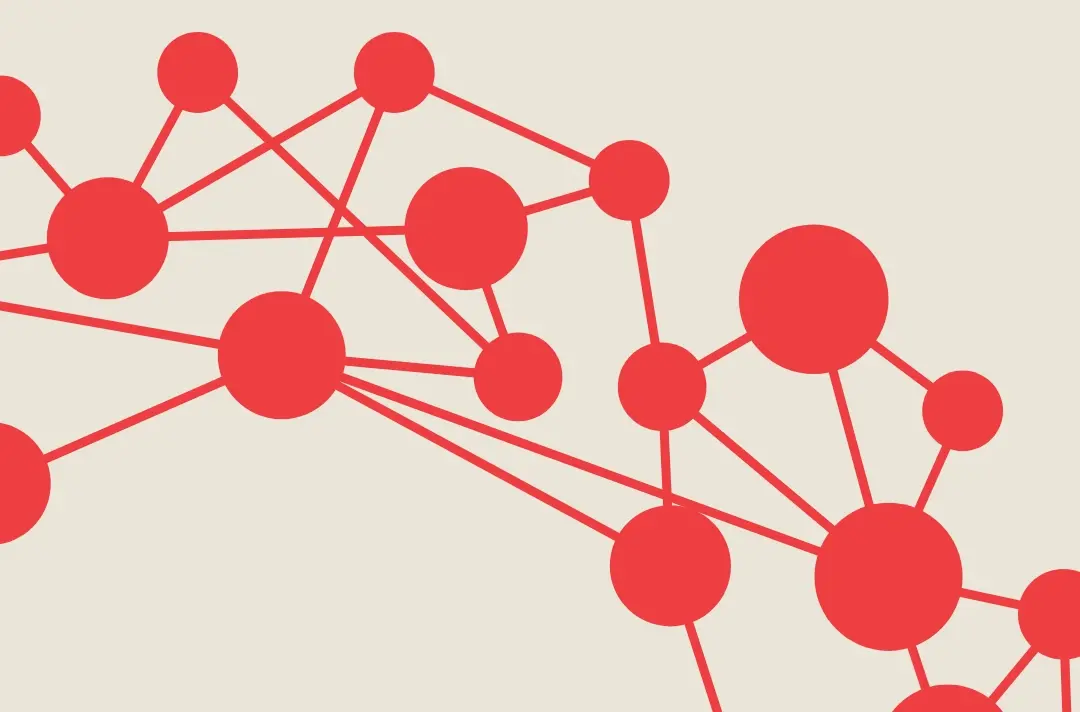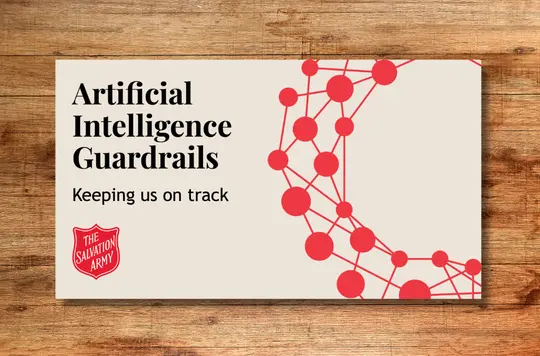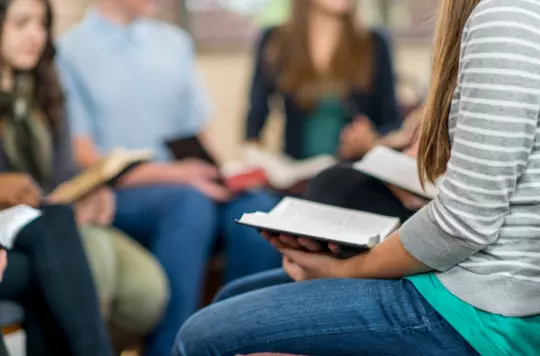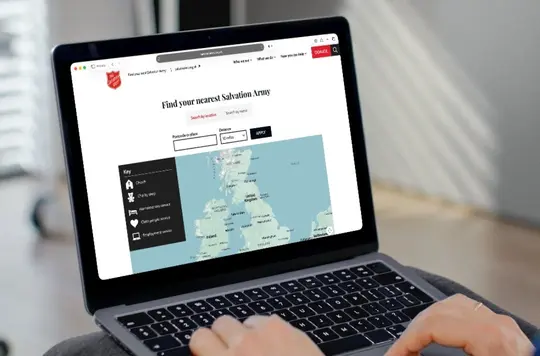10 May 2025
Introducing The Salvation Army's AI Guardrails

Captain Mark Scoulding (Watford) talks about the Artificial Intelligence Guardrails developed by the Moral and Social Issues Council.
What is artificial intelligence?
AI is technology that processes large amounts of data to perform tasks in a way that simulates human intelligence, such as problem-solving and learning. We’re not talking robots taking over the world or sentient machines, but it’s an unknown and that can be frightening.
Most of us already use AI without realising it. If you use a supermarket loyalty card, it’s using AI to track your shopping preferences and manage stock.When planning a trip on a phone or computer, it’s using AI to map traffic movements and find a quick route. If you search on Google, the first thing you see is often an AI-generated summary of results.
What are the AI Guardrails?
Imagine walking blindfolded along a boardwalk or a treetop trail. You reach out to grab hold of something to support and guide you. If there’s nothing there, there’s a risk of falling off into an unknown. The AI Guardrails are not a constricting harness, but they provide parameters you can hold on to as you move forward.
The AI Guardrails aren’t a rule book, because that will go out of date. They provide a foundation to think about AI, based on our territory’s six values: boldness, passion, compassion, respect, integrity and mutual accountability.
Why do we need them?
No one has ever had AI before, but it’s happening in the world and we’re called to be a relevant expression of God’s Church – how do we move forward and engage with it? There are opportunities and risks, and hopefully the AI Guardrails will equip you, not just for church on a Sunday but the rest of your life, when you’re at school, at work or scrolling on your phone.
Who are the AI Guardrails for?
Everyone linked to The Salvation Army, whether you’re an employee in a Lifehouse, a charity shop volunteer, a leader or going to a youth group. There is a policy document being developed for employees and representatives of the Army, but these AI Guardrails are the broad starting point for everyone.
Should we be wary of becoming reliant on AI?
We must remember that AI is not going to solve humanity’s problems – we need to look to God first and foremost. It can feel like we’re out of control or giving over our autonomy to computers, but that’s not true. We choose how we engage with AI. We just need to keep our eyes open and make informed, prayerful decisions.
We also need to hold up the value of human relationships, whether that’s empowering people, supporting them, treasuring human life, accrediting authorship or challenging systemic injustice.
What injustice risks are there?
We must respect the dignity and diversity of people created in the image of God, but AI is programmed by humans who are discriminatory and prejudiced. If you ask AI what Jesus looks like, will it come back with a white, blue-eyed Jesus? It is also possible, however, that AI might be programmed to recognise our biases and help us work against them.
There are also risks around employment and inequality. Are managers going to have fair expectations of their staff, if AI helps them do something more quickly? In a scenario where someone might lose their job because of AI, what can we be doing to equip and re-skill them for a world in which AI is used as a tool? AI has the potential to make the widening gap between the haves and the have-nots worse. How can we help people access and understand this new technology, so they are not left behind?
What about the environmental impact of AI?
It’s important to remember that AI is based in the physical world. The ‘cloud’ is a physical thing stored in computers that need to be built and managed. Searching with AI requires more energy than a conventional online search. On the other hand, using AI might mean you don’t have to travel somewhere by car or plane. We can’t fully calculate AI’s environmental impact yet, but we have a duty to keep our eyes open.
What could someone use AI for?
AI has potential to help with lots of things, such as analysing data, teaching and training people, and offering alternative perspectives. It could also release you from more onerous tasks. A lot of people can struggle with a blank sheet of paper, for example, but AI can provide a template for your own work. We should guard, of course, against the risk of plagiarism or copyright infringement. When people think about AI, they often think of using it to pretend they’re capable of doing things they’re not capable of. As Christians, most of all, AI tools can provide us with an opportunity to enhance Christian ministry.
How can the Army use AI?
The Salvation Army has a history of boldness and embracing technology to enhance our mission, which will help us consider this. Could we use AI to translate things to reach people we wouldn’t otherwise reach? Could we use it for data handling? How do we use these tools in a Christian way? Could AI be used to generate an image and why wouldn’t that be the same as taking a real picture? What kind of training will people need? Are we being transparent about when we use AI? These are all questions for us to think about. As we become more familiar with how AI works, we’ll be able to use certain tools for certain tasks.
Can AI help us spiritually?
The question for Christians is always: how do we get to know God? This is primarily through Scripture. AI might complement that, not unlike how people use a Bible commentary to help with background research into different perspectives, but AI is not and cannot be a replacement for the Bible.
Will the AI Guardrails change?
The AI Guardrails will evolve as the technology changes. But Masic hopes they will get people thinking, so that we can be intentional and stand firm in our beliefs, and not be blown about by what’s going on around us. This is the biggest technological shift since the printing press. When we look back at this period of change, what will we be able to say about what we did as the Church?

The Salvation Army AI Guardrails
These AI Guardrails are intended to help keep the UKI Territory on track as artificial intelligence (AI) allows us to travel in new and unanticipated directions.

The Salvation Army AI Guardrails Slide Deck
Download the PowerPoint for the AI Guardrails.
Discover more

Online Content Editor Bethany Gibson (Publishing Department) talks about church, faith, evangelism and technology.

Ivan Radford encourages us to stay alert and seek God’s voice in an age of misinformation.

Helping Salvationists engage in moral and social issues in their communities.
